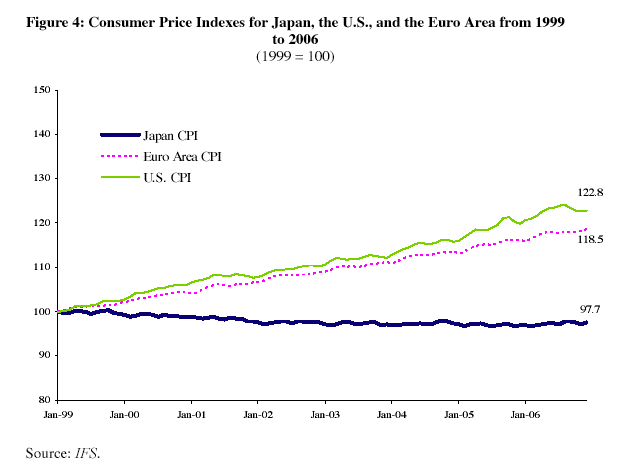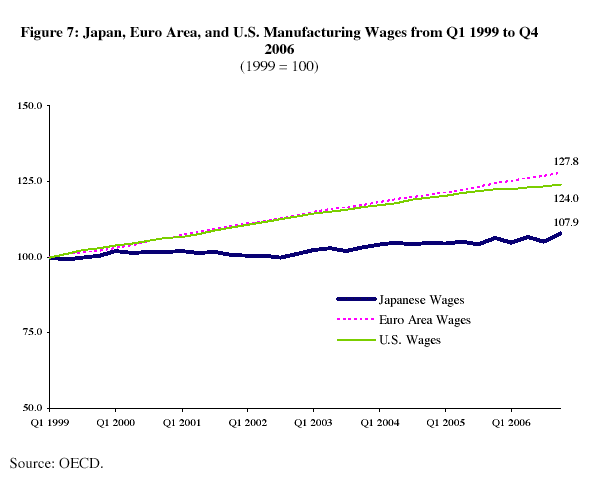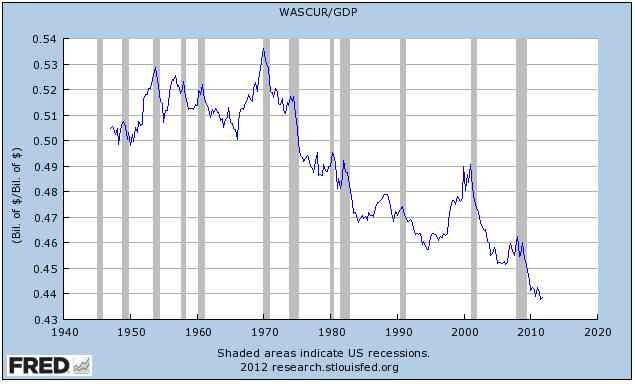Re: Eric Janszen on Hyperinflation vs. High Inflation
Yes, I've seen that side too. That's partly why I used the helicopter drop analogy.
The new money gets ito everyone very quickly and at roughly the same time, in other words with zero lag and with no 'interference' from banks or any other intermediary.
Fiscal stimulus would be way slower than a helo drop. Before someone brings up how long it takes to print cash, The Fed already has almost $200 billion of cash that is in vaults and unissued - about $600 for every man, woman & child in the US... one helluva start.
But my real point is that it makes zero sense to me that, regardless of the amount or form of monetary stimulus, Koo asserts that it won't or can't work to produce inflation.
Originally posted by WDCRob
View Post
Yes, I've seen that side too. That's partly why I used the helicopter drop analogy.
The new money gets ito everyone very quickly and at roughly the same time, in other words with zero lag and with no 'interference' from banks or any other intermediary.
Fiscal stimulus would be way slower than a helo drop. Before someone brings up how long it takes to print cash, The Fed already has almost $200 billion of cash that is in vaults and unissued - about $600 for every man, woman & child in the US... one helluva start.
But my real point is that it makes zero sense to me that, regardless of the amount or form of monetary stimulus, Koo asserts that it won't or can't work to produce inflation.



Comment